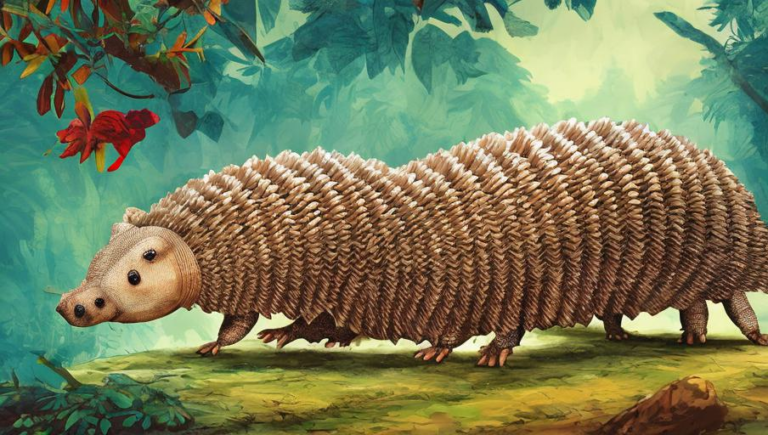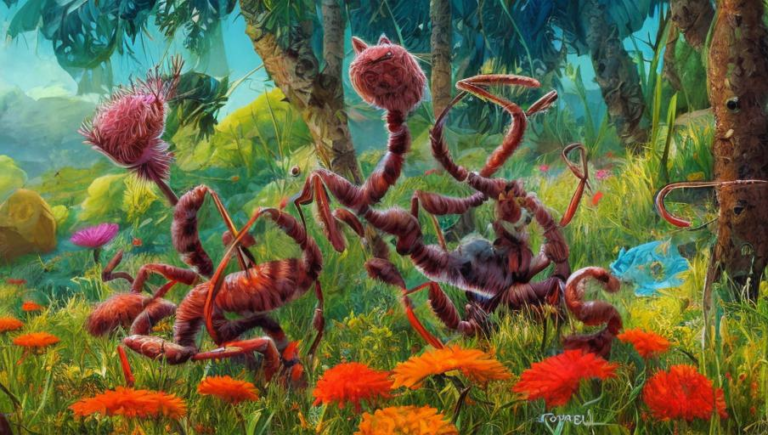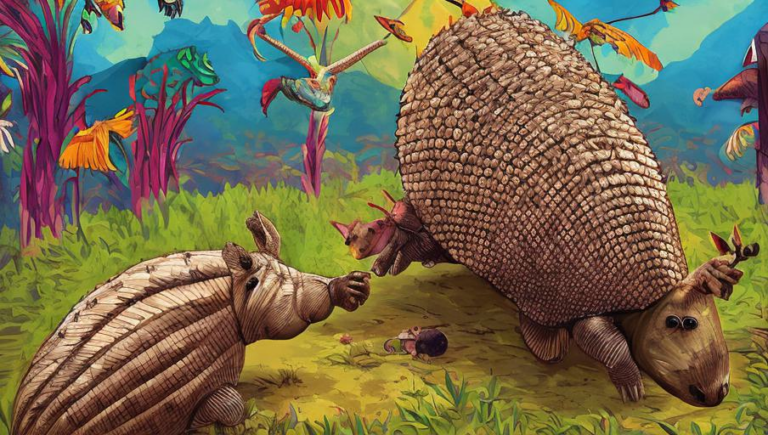Aardvark Anatomy: The Incredible Adaptations of this Fascinating Creature

Introduction
The aardvark is an amazing creature that has adapted to its environment in a remarkable way. Native to Africa, the aardvark is a nocturnal mammal that is capable of digging large burrows to escape predators and the hot African sun. Although it is related to anteaters and armadillos, the aardvark is a unique animal with a variety of adaptions that make it a powerful survivor. This article will explore the anatomy and adaptations of the aardvark and how they help the animal survive in its environment.
Body Structure and Fur
The aardvark is a medium-sized mammal that typically has a gray or yellowish-gray fur with a reddish-brown tinge. It has a long, pig-like snout and small ears that can be tucked close to its head. The aardvark has four long, powerful legs that give it the ability to run quickly and dig into the ground. Its feet have long, curved claws that are perfect for digging. The aardvark also has a long, thin tail that helps it balance when it is running and digging.
Diet and Feeding Habits
Aardvarks are primarily insectivores, meaning they primarily feed on insects. Aardvarks mostly feed on ants and termites, which they locate with their keen sense of smell. When they locate their prey, they use their long, sticky tongues to catch and eat them. Aardvarks are also known to eat other small animals such as lizards and frogs, as well as fruits and plants. Aardvarks have a powerful sense of smell that helps them locate food, as well as predators.
Digging and Burrowing
The aardvark is an expert digger and can dig large burrows in a short amount of time. The burrows provide the aardvark with a place to hide from predators and the hot African sun. The aardvark digs by using its powerful front claws to quickly dig into the ground. It is also able to use its long, sticky tongue to dig out small insects and other creatures that may be hiding in the dirt. The aardvark can also curl up inside its burrow to protect itself from predators.
Senses and Communication
The aardvark has a keen sense of smell that helps it locate food and predators. It also has the ability to hear low-frequency sounds that other animals cannot hear. Aardvarks communicate by making low-frequency grunts and snorts that can be heard up to a mile away. These noises can be used to warn other aardvarks of danger or to attract a mate.
Conclusion
The aardvark is an incredible creature that has evolved to survive in its environment through a variety of adaptions. Its body structure and fur protect it from the hot African sun and its powerful digging abilities allow it to quickly dig burrows to escape predators. Additionally, its keen sense of smell and ability to hear low-frequency sounds aid it in locating food and predators. Finally, its communication abilities allow it to warn other aardvarks of danger or attract mates. The aardvark is an amazing animal that is worthy of our admiration and respect.





